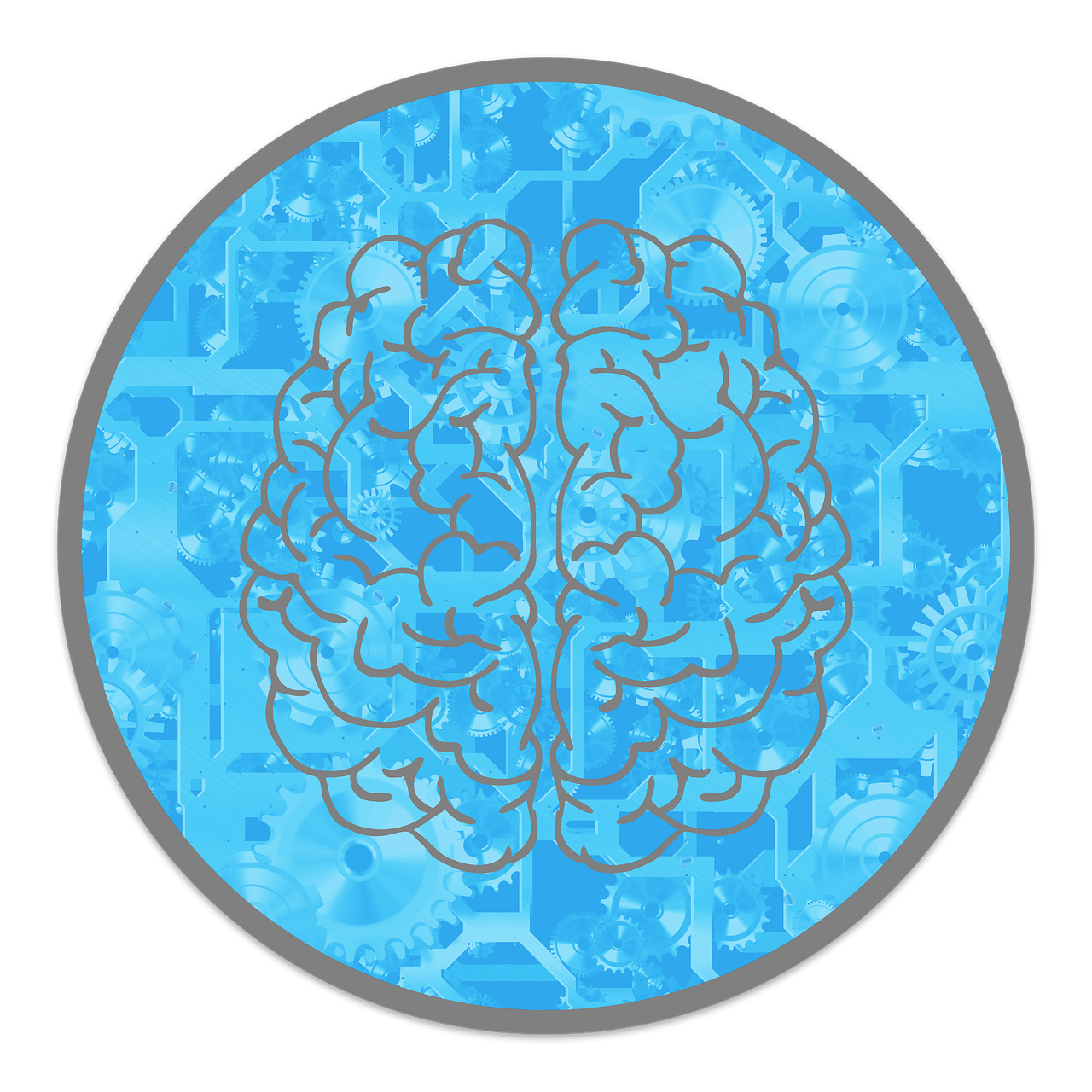
We all stick to things that get us praise and ditch what gets us in trouble—classic Edward Thorndike’s Law of Effect.
Over 100 years ago, he nailed that we repeat moves that bring good vibes (think: gold stars or Instagram likes) and avoid the bad ones (like getting ghosted or losing WiFi mid-Zoom).
This rule runs the show everywhere—from kids learning “don’t touch the stove” to bosses bribing you with pizza Fridays.
Basically, reward the good stuff, and it’ll keep coming—like the OG TikTok algorithm for how we behave.
Simple, smart, and totally relatable.
Understanding Thorndike’s Law of Effect
Thorndike basically said, “If something works and feels good, we’ll probably do it again. If it flops or feels bad—yeah, not so much.”
That’s the Law of Effect in a nutshell.
He figured this out by tossing hungry cats into puzzle boxes (don’t worry, no cats were harmed—just mildly confused).
When they accidentally stepped on the right lever and got food, they were like, “Hey, that worked!” Do it once, get a snack.
Do it again, get another snack.
The cats got faster and ditched the random paw-swatting that didn’t work.
Classic trial-and-error, just with whiskers and tuna.
Fast forward to today, and this idea still runs the show.
It’s the same logic behind why we chase likes, binge Netflix instead of folding laundry, or keep using apps that gamify everything.
Reward = repeat. No reward = meh.
Thorndike may not have had TikTok, but he definitely cracked the code on how habits stick—and why we keep pressing buttons for dopamine hits.

Real-Life Applications of the Law of Effect
Edward Thorndike might’ve worked with cats and puzzle boxes, but his Law of Effect is still running the show today—from classrooms to boardrooms to your living room.
Basically, reward good behavior, and it sticks.
Punish or ignore the not-so-great stuff, and it fades out. Let’s break it down in real-life terms:
1. Education: Reinforcing positive learning behaviors
Teachers are low-key behavioral psychologists.
They use the Law of Effect every day—even if they’ve never heard of Thorndike.
- Positive reinforcement: “Nice job turning in your homework, Emma! Here’s a shiny sticker—or even better, a TikTok-worthy shoutout.” Boom—Emma’s doing her homework again tomorrow.
- Negative punishment: “You were talking during story time? No extra recess today.” Sad trombone. Less talking tomorrow.
Do it consistently, and the classroom practically runs itself (okay, maybe not completely, but you get the idea).
2. Parenting: Shaping children’s behavior
Parents are pros at using Thorndike’s rule—even when they’re sleep-deprived and powered by cold coffee.
- Positive reinforcement: “You cleaned your room? Extra iPad time for you!” Suddenly your 6-year-old is a cleaning machine.
- Negative punishment: “You hit your brother with a dinosaur? No cartoons tonight.” Drama ensues, but lessons are learned.
Kids learn fast when the stakes are screen time or snacks.
3. Workplace: Enhancing employee performance
Thorndike lives in your office, too—tucked between HR memos and free donut Fridays.
- Positive reinforcement: “You hit your sales goal? Here’s a bonus and your name in the company Slack!” Suddenly, everyone’s hustling like it’s Q4.
- Negative punishment: “Missed a deadline? No project lead for you next time.” Ouch. Procrastination just got less appealing.
Motivated teams don’t just happen—they’re reinforced into existence.
4. Personal development: Building habits
Self-improvement? Yeah, Thorndike’s got a front-row seat.
- Positive reinforcement: “Finished that 5K? Time to binge a guilt-free Netflix episode with nachos.” You start looking forward to workouts.
- Negative punishment: “No scrolling TikTok until you finish your to-do list.” Suddenly, you’re a productivity guru (or at least pretending to be).
Small rewards and consistent consequences turn goals into habits—no motivational poster required.
Theoretical Foundations and Evolution
Thorndike got the ball rolling with his Law of Effect—basically, “do something, get a good result, and you’ll probably do it again.”
Enter B.F. Skinner, who took that idea and ran with it like it was the latest iPhone drop.
Skinner leveled things up with his theory of operant conditioning, adding way more detail.
He broke down the difference between positive and negative reinforcement (no, negative doesn’t mean bad—it just means taking something away) and introduced reinforcement schedules—aka, the science behind why slot machines are so addictive and why your dog suddenly sits every time you might have a treat.
Thanks to Skinner, we don’t just know that behavior changes—we know how to tweak it like a behavioral DJ.
Thorndike built the stage, but Skinner turned it into a full-blown concert.

Practical Tips for Applying the Law of Effect
So, you get the gist of Thorndike’s Law of Effect: good outcomes = repeat behavior. Bad outcomes = nope. Cool.
But how do you actually use this in real life without needing a psych degree or a clipboard? Easy. Here’s the cheat sheet:
1. Know what you’re aiming for
Be specific. “Be better” isn’t a behavior—sending that email, going to the gym, not doom-scrolling TikTok at 2 a.m.—those are behaviors.
Nail down what you want more (or less) of.
2. Be consistent
Whether it’s high-fives or taking away screen time, stick with it.
If your feedback changes more than a celebrity relationship status, the message gets lost.
Your brain—and everyone else’s—loves patterns.
3. Don’t wait—give feedback fast
Timing is everything.
Reward or consequence needs to happen ASAP.
Think “Amazon Prime-speed,” not “your-internet-during-a-storm” speed.
The faster the brain connects the dots, the quicker the habit forms.
4. Tweak as you go
Not getting the results you want? Switch it up.
Maybe the reward isn’t motivating enough. M
aybe the consequence feels more like a suggestion.
Test, tweak, repeat—like you’re A/B testing your life.

Wrapping It Up: Why Thorndike Still Slaps
Thorndike’s Law of Effect might be over 100 years old, but it still totally holds up—like vinyl records or the original Star Wars trilogy.
The big idea? Consequences shape behavior. Period.
Whether you’re raising kids, managing a team, teaching a class, or just trying to convince yourself to actually go to the gym, understanding how rewards and consequences work gives you serious behavior-hacking power.
Use it right, and you’re not just reacting to life—you’re designing it.
Thorndike basically handed us the ultimate behavioral cheat code. The rest is just smart follow-through.



